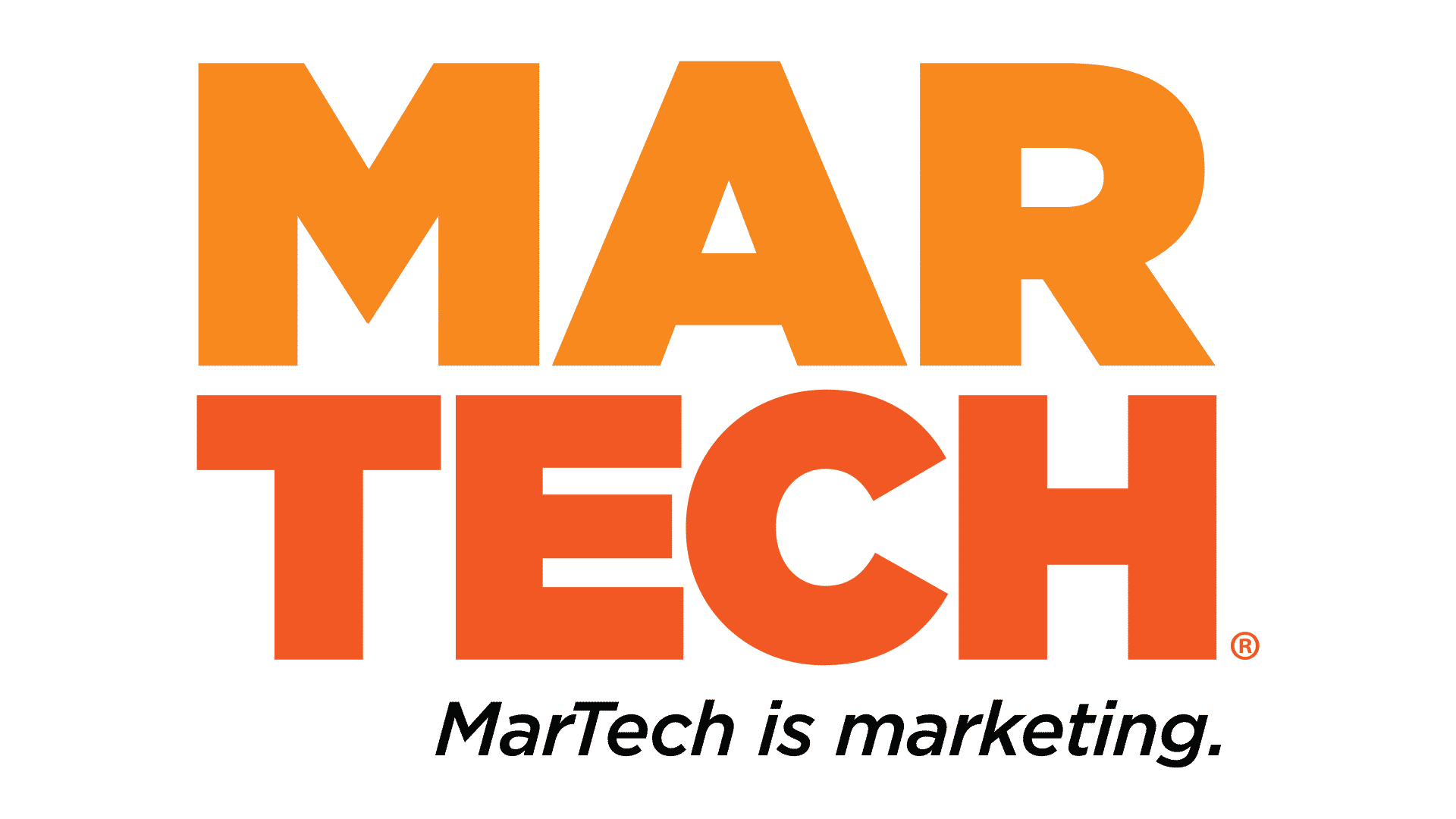Companies that initially hoarded workers in a tight labor market – and then embraced mass layoffs – are now confronting yet another wave of bad employee vibes, as strikes and threats of strikes spill into news feeds.
Employees say they want flexibility and a values-driven culture that honors fairness and inclusion – and that’s essential. But corporate leaders know that culture takes time, and in truth can seem abstract to many workers.
But there’s another way forward: Let’s actually make team-members’ lives easier.
CEOs and CFOs have other levers to pull – ones that enrich workers’ standard of living in concrete ways, not necessarily through higher pay, but with services that empower them and take some of the stress out of the day-to-day grind.
Such services might include user-friendly HR systems that offer better access to everything from “time cards” to intra-company promotions. They could include help navigating health insurance options. And they could include financial management tools and resources, like more-flexible payment terms.
In the latter category, employers of a certain scale are ideally positioned to push back against one of society’s most persistent sources of economic inequity – unbanked and underbanked workers exploited by high-fee financial service providers.
A little relief goes a long way
At first blush, the concept of employer-provided financial services may seem like a throwback to early-industrial era company towns, where workers wound up debtors to their employers. But that’s not what I’m suggesting.
Inflation has walloped workers in the past two years, reducing their purchasing power and squeezing monthly budgets. Simultaneously, home prices and rents have risen.
Employers can lessen the burden by providing financial supports and services, like earned-wage access and early pay – even fully functioning bank accounts.
Earned-wage access is, essentially, on-demand payment for hours worked. Normally, biweekly or monthly pay periods are rigidly set to make company cash flow and accounting easier. But to some workers—and contractors, too—especially those in hospitality, retail, manufacturing, and skilled and unskilled trades, on-demand pay is a boon.
Early-pay options, likewise, come in handy when workers need access to money earlier than was expected. Early pay is typically two days, eliminating the direct-deposit settlement period via automated clearing houses (ACHs), also known as electronic fund transfers.
My experience has been that flexible payments entail little complexity and risk for companies. And the payoff is big. In a study published by Harvard Business School last year, titled “Fintech to the (Worker) Rescue,” researchers found that an early-pay system led to a 20% reduced probability of a lower-level worker resigning. There were also significant, if fewer, gains at higher skill levels.
From my viewpoint, a better-banked employee is a loyal employee. Flexible payments are just the beginning. For the 25 million U.S. households that are underbanked or unbanked – almost 20% of the total – what really counts is having access to a broad array of financial services. (Unbanked means no one in a household has access to a checking or savings account. Underbanked means someone has a bank account but uses nonbank services such as check cashing, money orders or rent-to-own, which carry high interest rates or fees.)
Companies have a relatively easy path to offering such services for several reasons. They have much of employees’ financial and tax information, enabling them to satisfy the “know your customer” rule banking regulators require (these are banking services, after all.) They’re already providing a financial service – a salary or wage. And they’re often linked to other services including retirement investment, health insurance and life insurance.
Bringing these services to your employees can have an outsized impact in these discordant times. They help companies not only boost retention, but also with recruitment, by attracting prospective team members with services that differentiate them from competitors. Even banked employees – those who already have relationships with financial-services companies – rate their employee experience higher when employers offer convenient financial services that are integrated with payroll and other traditional benefits.
It’s important to state that such services often come with fees. But that revenue – for example, interchange fees associated with direct-to-consumer cards for employees – can be reinvested in employees via loyalty or rewards programs. A more outside-the-box idea might be funding a philanthropy that inspires both employer and employee.
Another caveat: Scale matters, as do risk and compliance controls. And execution really matters, because, well, everyone’s money is at stake.
But the upside is big, too.
Employees are empowered to take control of their financial lives, build credit profiles and create wealth faster. Meanwhile, at a time when workforce relations are plumbing new lows, employers can expand their positive presence in team members’ lives.
The post Little Known (And Inexpensive) Levers for Workforce Retention appeared first on ChiefExecutive.net.
























































![Key Metrics for Social Media Marketing [Infographic] Key Metrics for Social Media Marketing [Infographic]](https://www.socialmediatoday.com/imgproxy/nP1lliSbrTbUmhFV6RdAz9qJZFvsstq3IG6orLUMMls/g:ce/rs:fit:770:435/bG9jYWw6Ly8vZGl2ZWltYWdlL3NvY2lhbF9tZWRpYV9yb2lfaW5vZ3JhcGhpYzIucG5n.webp)
















